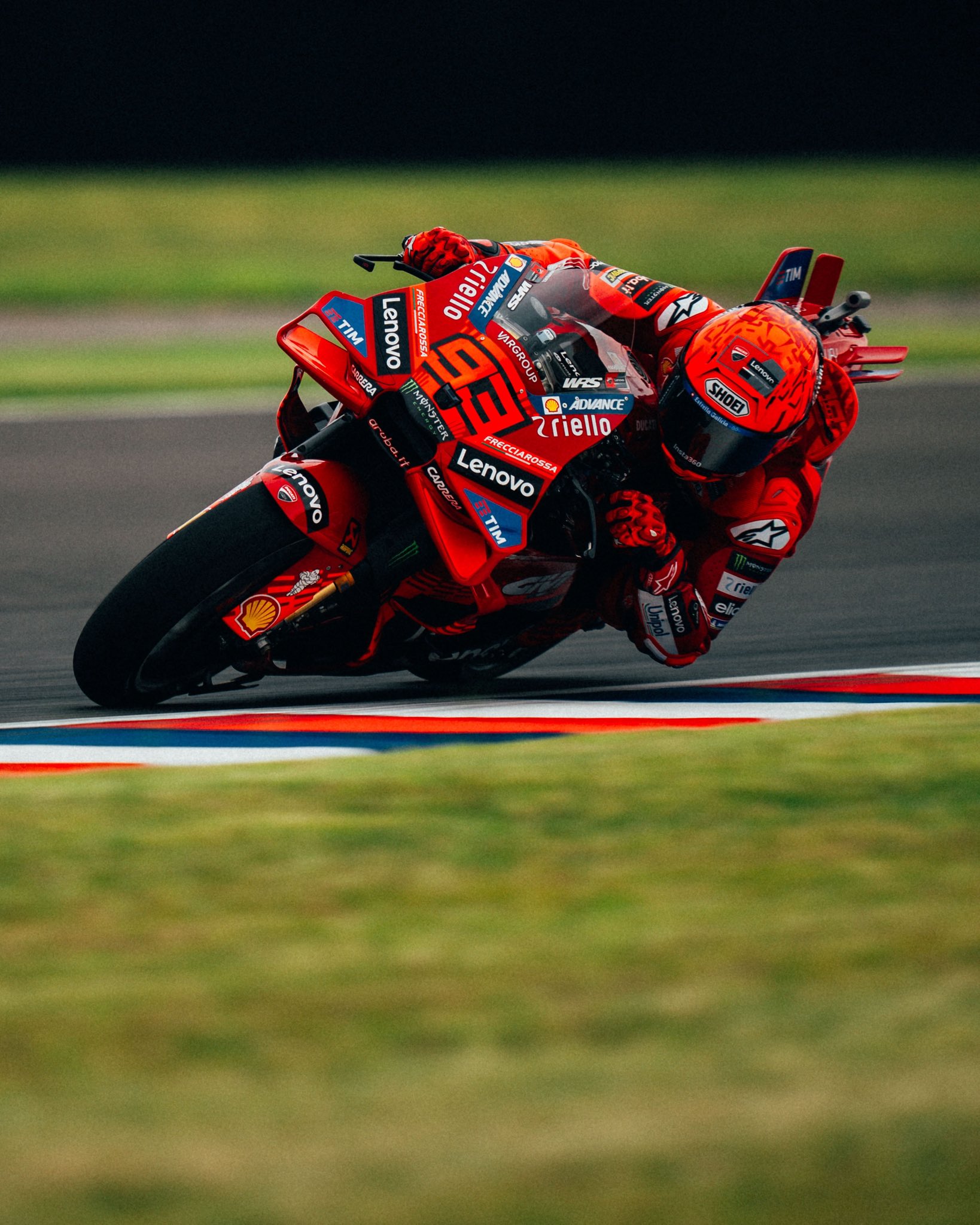F1 Hybrid Systems Explained
- Matt Knight
- Jul 5, 2021
- 2 min read
Updated: Jan 14
Written by Matt Knight, Edited by Janvi Unni
In 2014 new power unit regulations brought us the start of a new era, with the V6 Turbo Hybrid engines. These engines proved to be very complex with reliability issues plaguing the majority of teams in the 2014 season.
However, this wasn’t the first time we’ve seen a ‘hybrid’ system in Formula 1. Back in 2009 teams had developed KERS (Kinetic Energy Recovery System). KERS was used to give teams an extra 80 bhp at the press of a button. It harvested energy from under braking and stored in a battery to be used whenever the drivers wanted over the lap.
In 2010, whilst KERS was still legal in the regulations published by the FIA, the teams opted not to use the system as it was too expensive to develop. But this didn’t last long as in 2011 KERS was back again and being used by most of the teams on the grid. I say most, as Virgin and HRT would not use the system due to the cost of developing it.
Then, after 3 seasons of the KERS system, came the new 2014 regulations which still retained the concept of the KERS system but increased the power output to 160 bhp and introduced the new MGU-K and MGU-H. The MGU-K recovers the lost heat energy and stores that in a battery and it can both recover and supply energy. Simply put, an electric motor attached to the engine helps to turn the crankshaft and gives more power.
The MGU-H helps to spin the turbocharger. Turbos have a turbine in them, and the turbine is spun using exhaust gases, they do, however, produce what is known as ‘turbo lag’. Turbos take a small amount of time to ‘spool up’ when the driver puts their foot on the throttle. So you don’t get instant power. To prevent this, the MGU-H aids the turbo with a small electric motor. The electric motor spins the turbo when the car accelerates and gives immediate power. This not only makes the cars faster but also makes them more driveable as there are no sudden ‘spikes’ in power.
The hybrid systems in Formula 1 are vastly complex, and whilst we all want the screaming V8’s and V10’s of the 1990s and 2000s, we have to admit that these V6 hybrid engines really are a work of art.









Comments